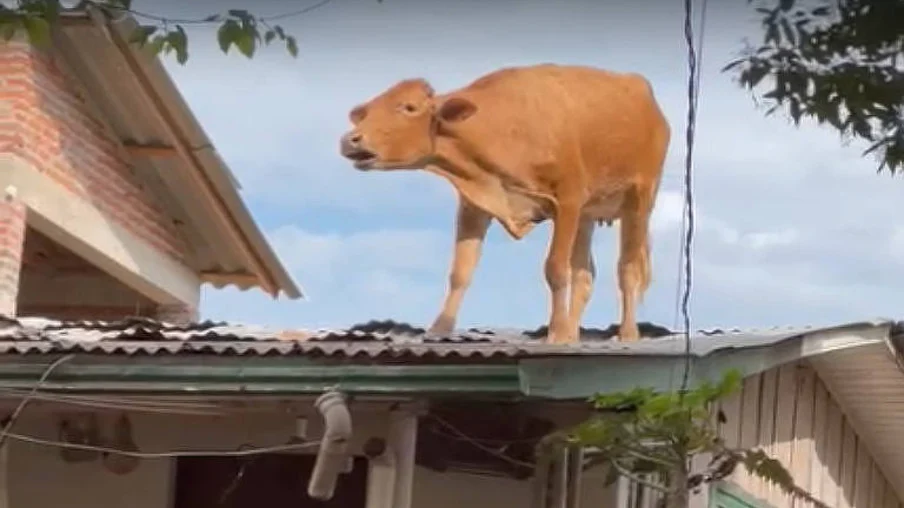Adverse weather conditions affected 50 municipalities, 665 locations and 10,787 properties
By: AGROLINK – Aline Merladete
A preliminary report that presents losses related to infrastructure, primary production, livestock and pastures, as a result of the extratropical cyclone that hit Rio Grande do Sul in the first days of September. Adverse weather conditions affected 50 municipalities, 665 locations and 10,787 properties.
According to data released by the Government of the State of Rio Grande do Sul, in livestock farming, 29,356 animals died, including beef and dairy cattle, pigs and poultry, and 370 boxes of bees and 35.5 tons of fish were lost. 346 producers were harmed. Uncollected milk production reached 327.3 thousand liters, harming a total of 813 producers.
Regarding infrastructure, the weather event affected 4,456.8 kilometers of local roads and caused production flow problems in 197 communities. There was damage to 1,192 houses, 621 warehouses, 12 warehouses, 116 silos, 25 smokehouses, 25 greenhouses/plastic tunnels for horticulture, 128 dams (fish farming/irrigation), 53 poultry farms and 45 pigsties.
In primary production, torrential rains resulted in serious losses in primary production, mainly affecting grains, fruits, vegetables and tobacco. The losses were significant, especially corn and wheat, which had large areas affected and a high volume of production lost.
According to data collected in the report, in fruit growing, several crops, such as oranges and grapes, suffered considerable losses. Vegetable farming and tobacco production were hit hard, harming many producers. In total, 1,616 producers suffered losses in grain production, 88 in fruit production, 2,691 in tobacco and 198 in vegetable production.
The document was prepared by the Technical Assistance and Rural Extension Company (Emater). The data comes from the Sisperdas system.




